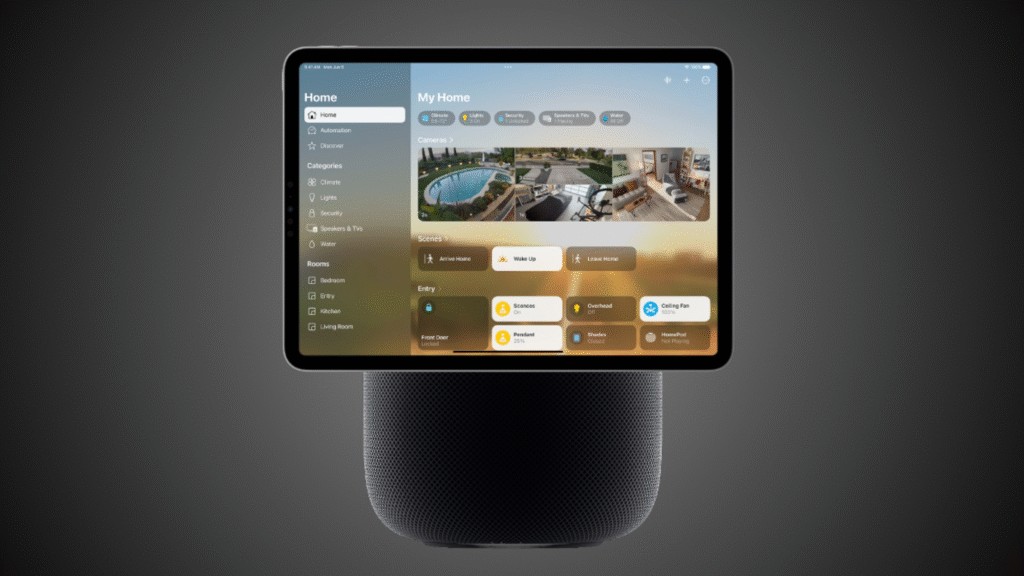Apple’s long‑anticipated standalone smart home controller, known internally as Home Hub or J490, was slated to arrive alongside iOS 18.4. Those plans have unraveled because the device depends on next‑generation Siri features that remain unfinished. These Siri updates include deeper personal data access and App Intents integration, both essential for the hub to understand on‑screen context and to control HomeKit devices with voice commands.

What the Home Hub Was Supposed to Offer
Designed as a complementary product to HomePod and Apple TV, the Home Hub would serve as a touch‑and‑voice‑first interface for all HomeKit accessories. Leaks in iOS 18.6 code reveal assets suggesting a square display roughly 2,176 pixels wide (close to an iPad mini screen size) and hints of an A18‑series chip running homeOS. Expected capabilities include smart‑device dashboards video doorbell feeds and seamless Siri‑driven automations.
Real‑World Testing Continues Despite Delay
Even with a public launch postponed, select Apple employees have been testing prototype Home Hub units since March in real home environments. This step seeks to reveal stability concerns and optimize interactions in preparation of the broader rollout. Apple leaders are devoted to the project as its references in terms of code are present, and their homeOS frameworks are already appearing in developer trials.
New Timeline Aligned with Siri and AI Rollouts
Mark Gurman of Bloomberg seconds this, saying that Apple has since shifted the Home Hub timeline to mid-2026, to launch when the updated Siri and Apple Intelligence functionality have had a broader rollout. The stumbling block is a replica of the time slip that the more advanced AI helper, referred to as Siri vitaminada, originally to be introduced into iOS 26.4, is now likely to come out in the spring of 2026. This coordinated timetable will mean that the Home Hub will emerge with the full range of voice controlled controls that characterize the presentation.

The Home Hub is not expected to be present in the market before 2026, as this is a step to ensure that Apple completely masters the integration of advanced AI into hardware. In waiting to release Siri until it has all the underlying architecture in place, the company will be able to provide a finished and competent device as opposed an unfinished version. With spillage of partial code, and test results pointing to a final design, both the homeowner and the developer are in for a real centerpiece of a true smart home which is run on a strong and powerful AI enabled foundation.





